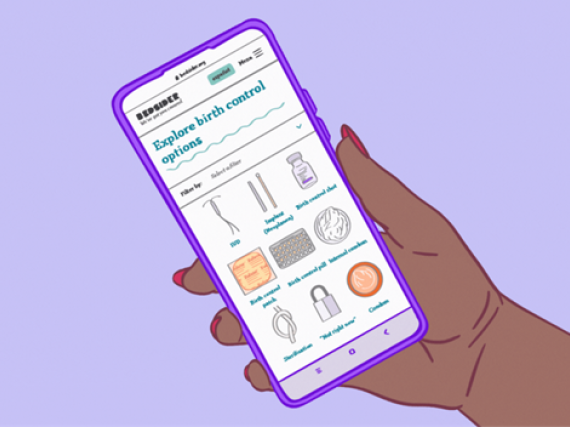February 2019: Power Updates Edition
February 28, 2019
There are plenty of articles, publications, and stories published every month. In an effort to help you distinguish fact from fiction, save time in your already busy day, and share news you may not have otherwise seen, here are ten stories from the last month we thought you might find interesting:
- Youth at risk of HIV: the overlooked US HIV prevention crisis
The estimated number of annual HIV infections has declined more than 60% since the 1980s, but disparities in preventing and treatment still exist. Between 2012-2016, adolescent and young adult HIV diagnoses rose 6%. - The Misclassification of Ambivalence in Pregnancy Intentions: A Mixed‐Methods Analysis
Frequently, measures of pregnancy intent fail to describe the intricacies of pregnancy intentions and ineffectively account for the experiences of young people. This analysis looks at the nuances of pregnancy ambivalence and how current measures attempt to capture this complex concept. - Utilization of long-acting reversible contraceptives in the United States after vs before the 2016 US presidential election
The use of long-acting reversible birth control methods such as IUDs and implants increased significantly among insured women in the 30 days following the 2016 presidential election. - Educational Attainment of Mothers Aged 25 and Over: United States, 2017
The average number of births are declining among women with advanced education (beyond high school). This finding also aligns with another trend, women are waiting until they are older to have their first child (reported in a previous CDC report). - Funding for abstinence-only education and adolescent pregnancy prevention: Does state ideology affect outcomes?
Published in the American Journal of Public Health, findings suggest that the money spent on abstinence-only education has not had an effect on the teen birth rate. It does note that conservative states, which have higher rates of teen pregnancy, are the most responsive to changes in funding streams. - Reproductive control by others: means, perpetrators and effects
This study found that around one quarter of women seeking sexual and reproductive health services report they are not in control of their own reproductive choices. Lack of “reproductive control”, as defined in this article, takes many forms including, not having the ability to choose whether to use birth control, not having a say in whether to start or continue with a pregnancy, and “contraceptive sabotage” such as removing a condom without sex during sex. - Individuals’ perception of their own fertility influences contraceptive use
Women who think they will have difficulties becoming pregnant may feel that they don’t need to use birth control to prevent unintended pregnancy, according this author from Stony Brook University. - Technology-based reproductive health programs reach young women, but user experience matters
Pulse is an app designed for older teens that offers comprehensive, medically-accurate sexual and reproductive health information. Child Trends, a leading nonprofit research organization focused on improving the children’s lives and prospect, evaluated the app and found, “high-quality design, reliable information, and interactive components can enrich the user experience.” - HPV: Not Too Late
Want to spread the word that it’s not too late for young adults to get the HPV vaccine? Healthy Teen Network has prepared a social media kit and a short video, HPV: Not Too Late, which aims to help young adults learn more about HPV and the vaccine and encourages them to take control of their healthcare decisions. - Texas Campaign to Prevent Teen Pregnancy’s 8th Annual Symposium
Do you want to learn the latest on healthy adolescent development and teen pregnancy prevention efforts across Texas? If so, join the Texas Campaign to Prevent Teen Pregnancy’s 8th Annual Symposium from April 15-16, 2019, in Austin, Texas. Experts from throughout Texas will be on hand to give practical advice, guidance and solutions; networking opportunities will ensure that you connect with others doing similar work; and you will become part of a network of professionals making an impact on this issue.



